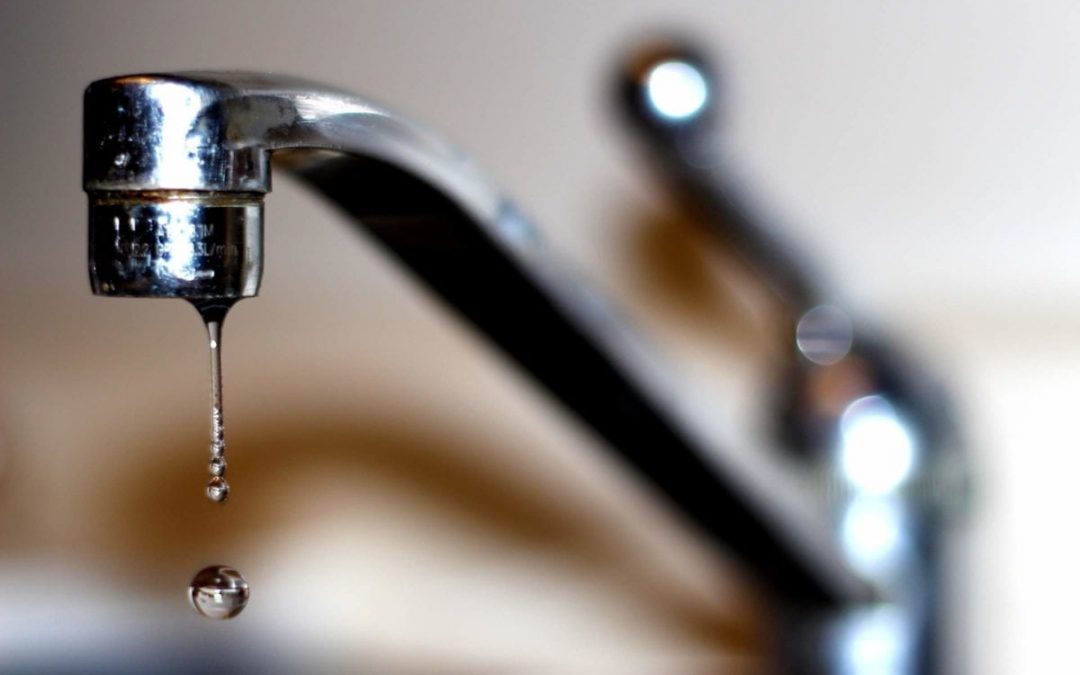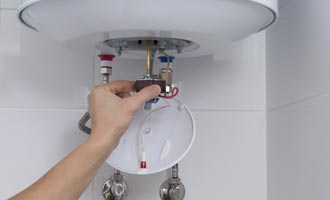Your Comprehensive Instruction to Fixing Low Water Pressure in Your Home
Your Comprehensive Instruction to Fixing Low Water Pressure in Your Home
Blog Article
Just how do you feel in regards to 4 Ways to Troubleshoot Low Water Pressure?

Low water pressure in your home can be an irritating issue, affecting every little thing from bathing to cleaning meals. If you're experiencing weak water circulation, there are numerous possible causes and services to check out. In this guide, we'll go over common reasons for low water stress and practical actions to attend to the issue successfully.
Introduction to Low Tide Stress
Low tide stress takes place when the flow of water from your taps, showers, and various other components is weak than typical. This can make everyday jobs extra tough and less effective. Recognizing the causes of low water pressure is vital to discovering the appropriate service.
Typical Sources Of Low Water Pressure
Pipe Obstructions
In time, pipes can end up being blocked with mineral deposits, debris, or debris, limiting the circulation of water. This is a common issue in older homes with galvanized steel pipelines.
Corrosion
Corrosion within pipelines can result in leaks and minimized water pressure. Corrosion build-up can constrict water flow, particularly in maturing plumbing systems.
Faulty Pressure Regulators
Pressure regulatory authorities are in charge of preserving consistent water pressure in your house. If they malfunction, it can result in low water pressure or unequal flow throughout your house.
Community Supply Of Water Issues
In some cases, the trouble lies outside your home. Local supply of water concerns, such as main line leakages or maintenance job, can momentarily decrease water stress in your area.
Just How to Identify Low Water Pressure
Checking Taps and Fixtures
Beginning by checking the water stress at different faucets and components throughout your home. If the issue is separated to particular areas, it may suggest local troubles.
Evaluating Pipelines
Examine visible pipes for indications of leaks, rust, or blockages. Pay attention to any kind of unusual sounds, such as banging or rattling pipelines, which might indicate problems within the plumbing system.
Consulting with a Plumber
If you're unable to identify the root cause of low water pressure, take into consideration working with a professional plumber to conduct a complete examination. They can identify underlying concerns and suggest appropriate remedies.
DIY Solutions to Take Care Of Low Water Pressure
Cleansing Aerators and Showerheads
Natural resources can build up in aerators and showerheads, decreasing water circulation. Get rid of and cleanse these elements consistently to improve water pressure.
Flushing Hot Water Heater
Sediment accumulation in the water heater can limit circulation and decrease performance. Flushing the storage tank occasionally helps remove sediment and keep ideal performance.
Checking Stress Regulator
Make sure that the stress regulator is operating correctly. Adjusting or changing the regulator can help restore appropriate water stress throughout your home.
Clearing Up Clogs in Water Lines
For small clogs, attempt utilizing a plumbing serpent or chemical drain cleaner to clear blockages in pipes. Beware when using chemicals and adhere to security standards.
When to Call an Expert Plumber
If do it yourself initiatives fall short to resolve the concern or if you think considerable plumbing troubles, it's finest to seek support from a qualified plumber. They have the know-how and devices to address complex issues securely and properly.
Safety Nets to Keep Water Pressure
Normal Upkeep
Schedule regular maintenance for your plumbing system to stop issues such as rust, leaks, and clogs. Resolving small issues early can assist avoid more substantial repair services later on.
Setting Up a Pressure Booster
Think about mounting a stress booster pump to improve water stress in areas with regularly reduced flow. This can be particularly helpful for multi-story homes or residential or commercial properties with high-demand components.
Surveillance Water Use
Bear in mind water use behaviors and stay clear of overtaxing the plumbing system. Easy adjustments, such as staggering showers and laundry lots, can aid keep appropriate water stress.
Verdict
Managing low water pressure can be frustrating, but determining the underlying reasons and applying proper services can restore optimal flow throughout your home. Whether it's cleansing aerators, evaluating pipelines, or seeking advice from a plumber, taking proactive steps can make sure a constant supply of water for your daily requirements.
FOUR WAYS TO FIX LOW WATER PRESSURE NOW
Turning on a shower or faucet only to find the water comes out in a sad, slow drizzle is never a good feeling. How exactly are you supposed to wash a pan or take a quick shower when it takes 10 minutes just to rinse off a little soap? The good news is that when your water pressure is bad, there's always a cause: typically one that can be easily fixed. Here are some of the most common causes of low pressure and what you can do to fix the issue:
DEBRIS AND MINERAL DEPOSIT BUILDUPS
If you notice low water pressure from just one or two of the fixtures in your house, the problem likely has to do with debris buildup. Water is full of minerals and other debris, all of which can accumulate in your pipes and on your fixtures. This can cause a blockage that affects how much water flows through. To fix this, try filling a small plastic bag with white vinegar, and use a rubber band to hang it around your showerhead or faucet. Let the head of the fixture soak for a few hours, and the vinegar should loosen the deposits.
WATER LEAKS
Leaks are another common cause of low water pressure. If water is flowing out of your plumbing through a hole or crack before it can reach your fixture, the pressure coming out of the faucet or showerhead will be lower. A plumbing professional is your best bet for finding and repairing a leak in your water supply pipes.
Leaks are another common cause of low water pressure. If water is flowing out of your plumbing through a hole or crack before it can reach your fixture, the pressure coming out of the faucet or showerhead will be lower. A plumbing professional is your best bet for finding and repairing a leak in your water supply pipes.
FOUR WAYS TO FIX LOW WATER PRESSURE NOW
Turning on a shower or faucet only to find the water comes out in a sad, slow drizzle is never a good feeling. How exactly are you supposed to wash a pan or take a quick shower when it takes 10 minutes just to rinse off a little soap? The good news is that when your water pressure is bad, there's always a cause: typically one that can be easily fixed. Here are some of the most common causes of low pressure and what you can do to fix the issue:
DEBRIS AND MINERAL DEPOSIT BUILDUPS
If you notice low water pressure from just one or two of the fixtures in your house, the problem likely has to do with debris buildup. Water is full of minerals and other debris, all of which can accumulate in your pipes and on your fixtures. This can cause a blockage that affects how much water flows through. To fix this, try filling a small plastic bag with white vinegar, and use a rubber band to hang it around your showerhead or faucet. Let the head of the fixture soak for a few hours, and the vinegar should loosen the deposits.
WATER LEAKS
Leaks are another common cause of low water pressure. If water is flowing out of your plumbing through a hole or crack before it can reach your fixture, the pressure coming out of the faucet or showerhead will be lower. A plumbing professional is your best bet for finding and repairing a leak in your water supply pipes.
Leaks are another common cause of low water pressure. If water is flowing out of your plumbing through a hole or crack before it can reach your fixture, the pressure coming out of the faucet or showerhead will be lower. A plumbing professional is your best bet for finding and repairing a leak in your water supply pipes.
A VALVE ISSUE
If you have low water pressure throughout your home, check your main shut-off valve to make sure it's completely open. You may also want to see if there's a pressure-reducing valve installed. If there is, have a plumber help you adjust the settings to get the pressure you're looking for.
OTHERS USING WATER
Believe it or not, your low water pressure could be caused by your neighbors. If you notice low pressure at certain times of day, it may be because you and the people living next to you have similar schedules - when everyone is showering at the same time, the pressure will be lower in every home. Low pressure throughout the neighborhood may also be caused by an issue with your municipal water supply. If that's the case, call the supplier to see if they're working on the issue.
https://www.rotorooter.com/blog/water-leaking/low-water-pressure-fixes/

I came across that page about Low Water Pressure in the House? when looking around the search engines. Enjoyed reading our article? Please quickly share it. Let another person find it. Kudos for your time. Don't hesitate to check our website back soon.
Article Report this page